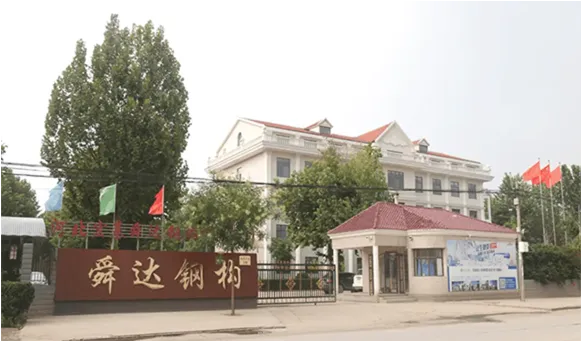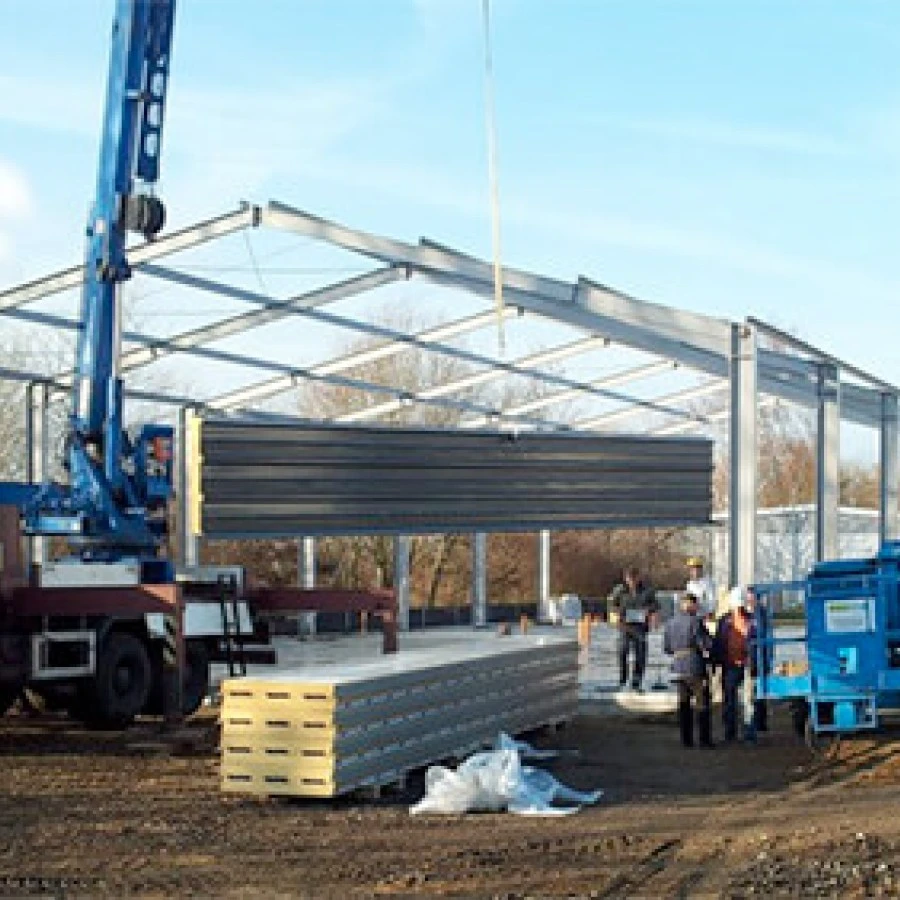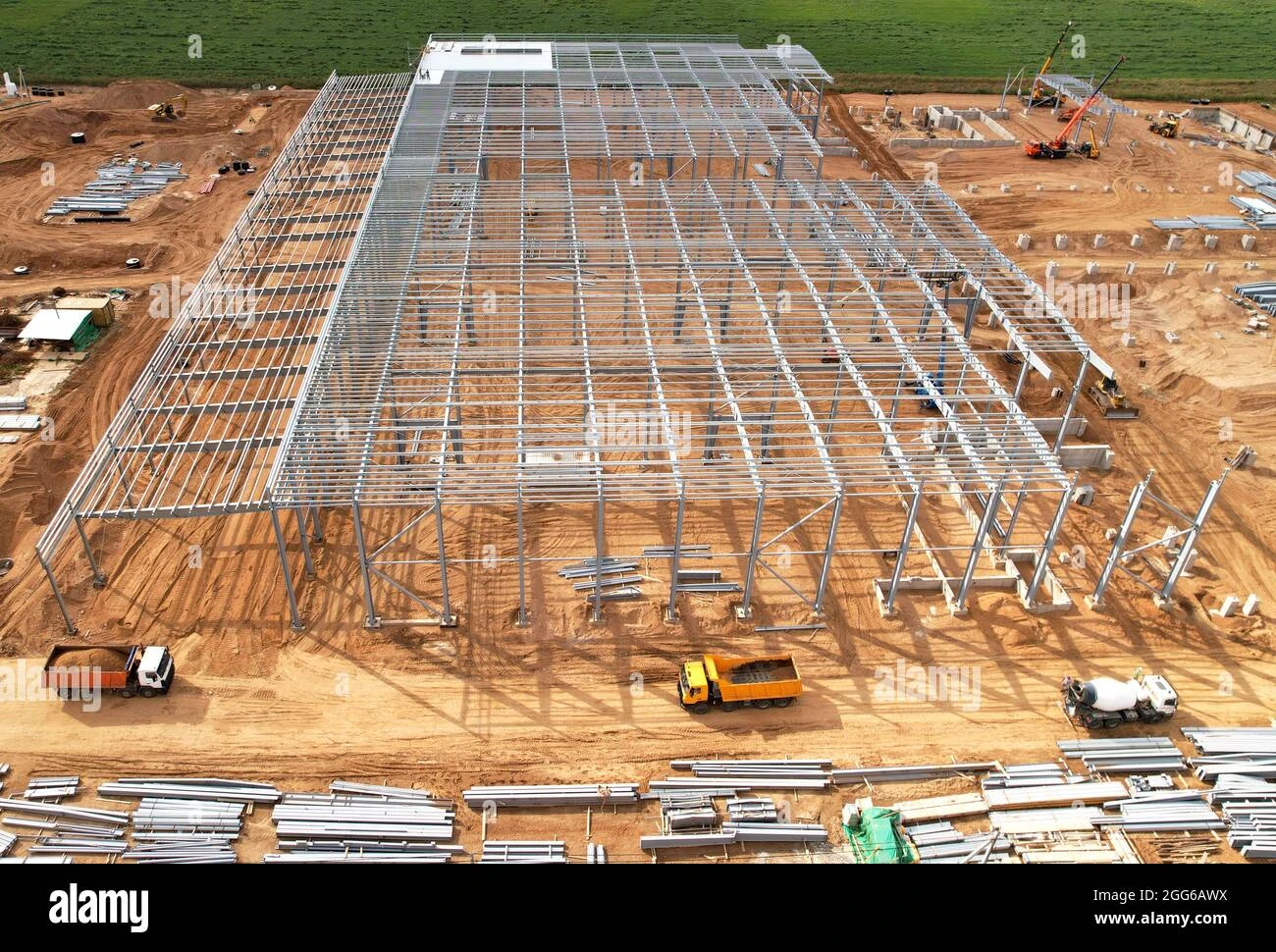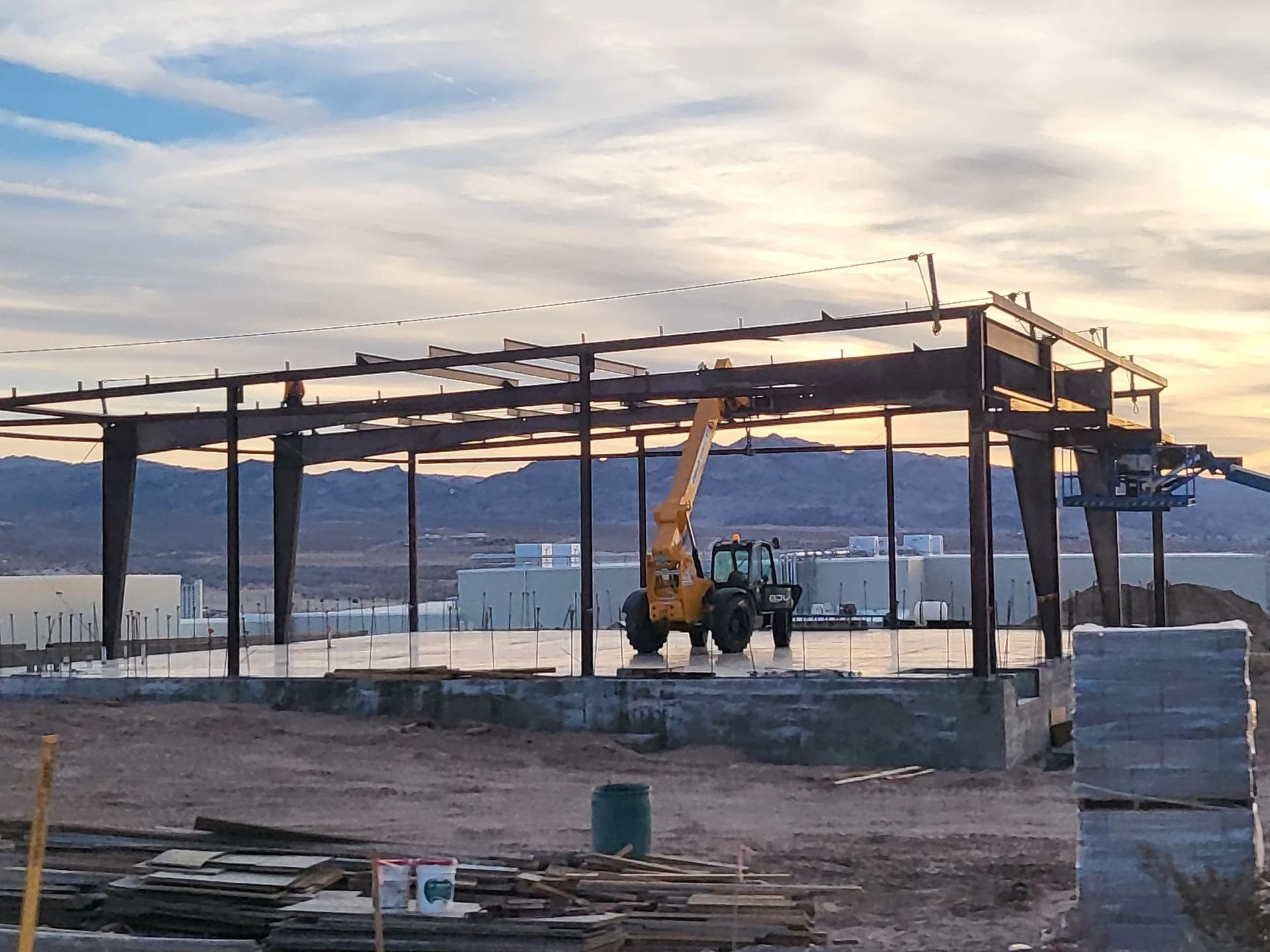- Afrikaans
- Albanian
- Amharic
- Arabic
- Armenian
- Azerbaijani
- Basque
- Belarusian
- Bengali
- Bosnian
- Bulgarian
- Catalan
- Cebuano
- Corsican
- Croatian
- Czech
- Danish
- Dutch
- English
- Esperanto
- Estonian
- Finnish
- French
- Frisian
- Galician
- Georgian
- German
- Greek
- Gujarati
- Haitian Creole
- hausa
- hawaiian
- Hebrew
- Hindi
- Miao
- Hungarian
- Icelandic
- igbo
- Indonesian
- irish
- Italian
- Japanese
- Javanese
- Kannada
- kazakh
- Khmer
- Rwandese
- Korean
- Kurdish
- Kyrgyz
- Lao
- Latin
- Latvian
- Lithuanian
- Luxembourgish
- Macedonian
- Malgashi
- Malay
- Malayalam
- Maltese
- Maori
- Marathi
- Mongolian
- Myanmar
- Nepali
- Norwegian
- Norwegian
- Occitan
- Pashto
- Persian
- Polish
- Portuguese
- Punjabi
- Romanian
- Russian
- Samoan
- Scottish Gaelic
- Serbian
- Sesotho
- Shona
- Sindhi
- Sinhala
- Slovak
- Slovenian
- Somali
- Spanish
- Sundanese
- Swahili
- Swedish
- Tagalog
- Tajik
- Tamil
- Tatar
- Telugu
- Thai
- Turkish
- Turkmen
- Ukrainian
- Urdu
- Uighur
- Uzbek
- Vietnamese
- Welsh
- Bantu
- Yiddish
- Yoruba
- Zulu
Sep . 01, 2024 11:25 Back to list
Industrial Buildings A Reflection of Innovation and Functionality
Industrial buildings are a vital component of the modern economy, serving as the backbone of manufacturing and distribution systems. These structures, which range from factories and warehouses to processing plants and distribution centers, are designed with functionality and efficiency at their core. As the global economy continues to evolve, industrial buildings are also undergoing transformations to meet new demands, embrace technological advancements, and promote sustainability.
One of the primary characteristics of industrial buildings is their design, which is often dictated by the needs of the specific industry they serve. For example, factories require large, open spaces with high ceilings to accommodate machinery, while warehouses need vast floor areas to store products efficiently. The layout of these buildings reflects not only the operational requirements but also the workflow processes that enhance productivity. This focus on optimization is crucial as businesses compete in a fast-paced marketplace where time and efficiency are paramount.
In recent years, there has been a growing trend towards the integration of advanced technologies in industrial buildings
. Automation, robotics, and smart sensors have become commonplace, enabling businesses to streamline operations and reduce labor costs. The implementation of smart building technologies has also improved energy efficiency, reducing operational expenses and promoting sustainability. These innovations allow companies to monitor energy usage in real-time, adjust systems accordingly, and implement practices that contribute to a greener environment.industrial building

Sustainability is increasingly becoming a guiding principle in the design and construction of industrial buildings. With heightened awareness of environmental issues, businesses are seeking to minimize their carbon footprint. This has led to the adoption of eco-friendly materials, energy-efficient systems, and renewable energy sources. Buildings are being designed with insulation to reduce energy consumption, while many industries are now exploring the use of solar panels and wind energy to power their operations.
Moreover, the location of industrial buildings plays a significant role in their success. Proximity to transportation hubs, such as airports, railways, and highways, is crucial for ensuring efficient supply chains. As urban areas expand, the challenge of finding suitable sites for new industrial developments has become more pronounced. Consequently, repurposing existing buildings and developing brownfield sites has gained popularity, allowing cities to grow while minimizing environmental impact.
In conclusion, industrial buildings are more than just functional spaces; they are reflections of innovation and efficiency in a rapidly changing world. As businesses strive to enhance productivity and embrace sustainability, the design and operation of these structures will continue to evolve. By integrating advanced technologies and focusing on environmental impact, industrial buildings will remain a cornerstone of economic development, driving progress and shaping the future of the industry.
-
Navigating the World of Steel Building Services: Who to Choose?
NewsJun.23,2025
-
How Do Steel Frame and Prefab Building Factories Shape Modern Construction?
NewsJun.23,2025
-
How Do Steel and Metal Structures Shape Modern Industrial Spaces?
NewsJun.23,2025
-
How Do Prefab Buildings of Various Sizes Meet Modern Construction Needs?
NewsJun.23,2025
-
How Do Factory Buildings and Metal Structures Redefine Industrial Infrastructure?
NewsJun.23,2025
-
Exploring Key Aspects of Industrial Building Development: What You Need to Know?
NewsJun.23,2025
Products categories
Our Latest News
We have a professional design team and an excellent production and construction team.











